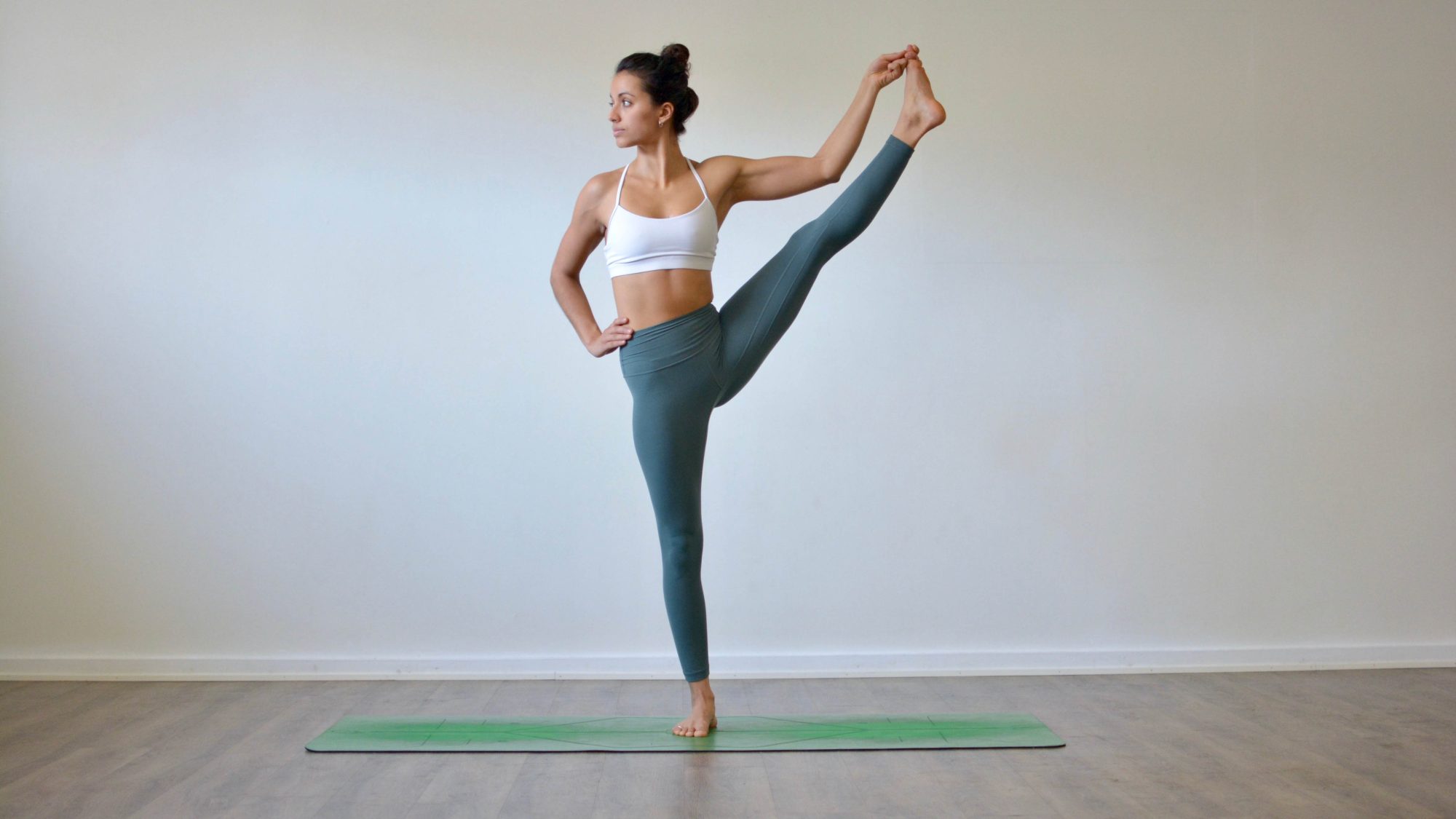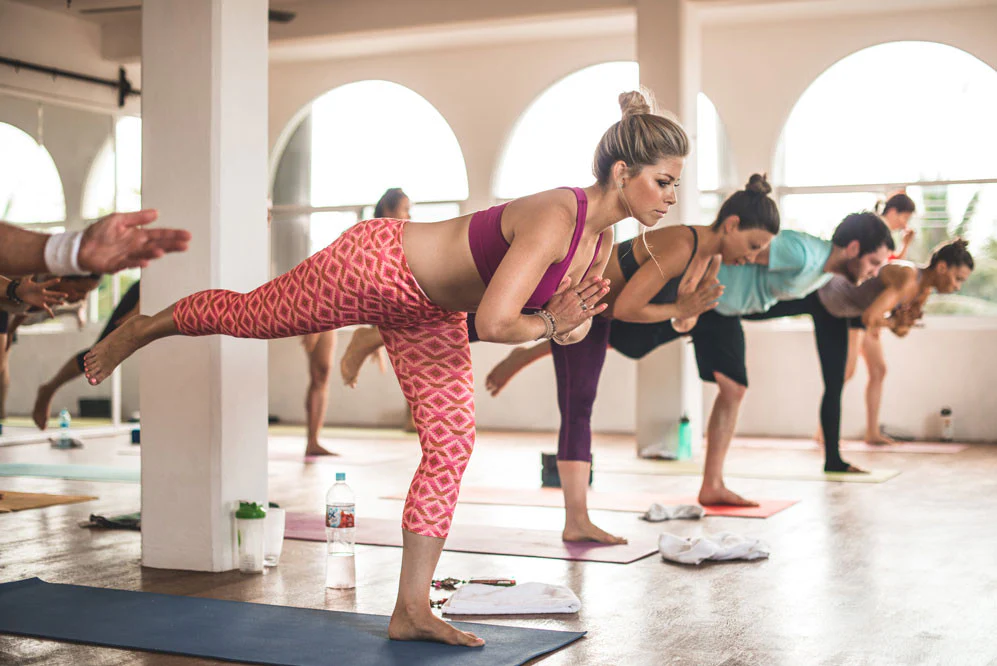
Whether you desire a physically rigorous yoga class or a soothing, meditative one, there are many different yoga styles that meet a wide range of skill levels and preferences.
Each style differs from the others, and there may be variations depending on the teacher. Having said that, trying a few different styles and teachers before settling on your favourite will improve your entire yoga experience and encourage you to step outside of your comfort zone.
Interested in learning more about each type? This article will help you understand the fundamentals before enrolling in a class.
Yoga Benefits
Yoga is a great way to become sweaty and centred, whether you’re a total beginner or a seasoned veteran. Aside from that, there are some genuinely amazing health benefits of yoga that you may reap from a daily practise.
Yoga has been shown in studies to promote physical health by lowering blood pressure, lowering the risk of heart disease, and helping digestion. It may also aid practitioners’ sleep and stress management. Not to mention, current research indicates that the mind-body practise benefits mental health, with one study finding that daily yoga may help ease depressed symptoms.
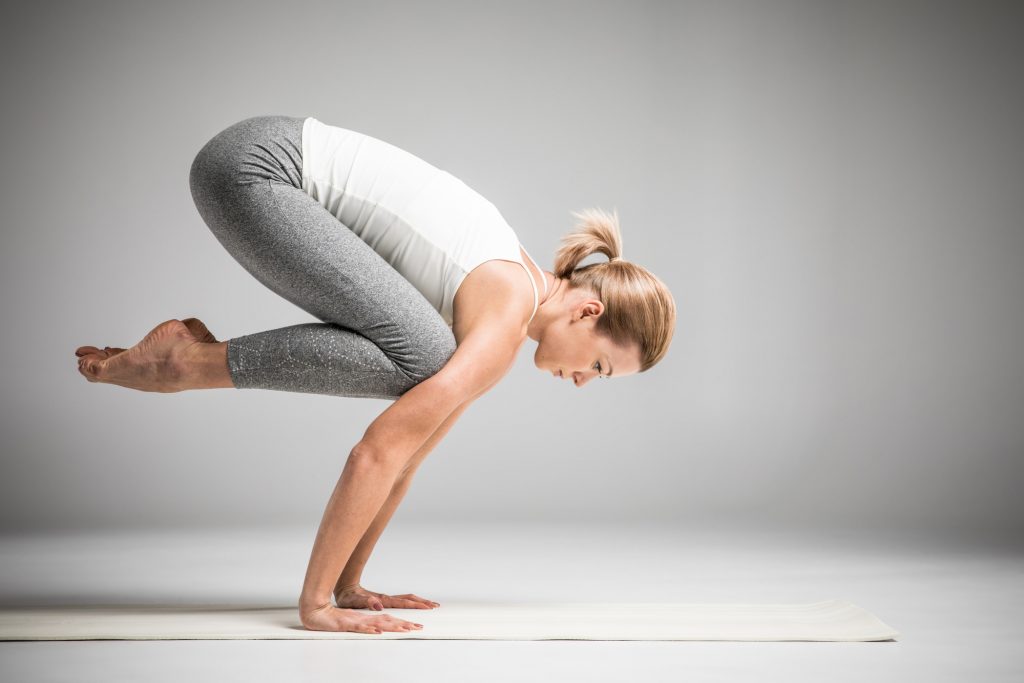
The most popular Yoga styles
1. Vinyasa Flow Yoga
“Vinyasa” means “to place in a special way” and refers to yoga poses. Vinyasa yoga, which was modified from ashtanga yoga in the 1980s, is widely regarded as the most athletic yoga technique. Many styles of yoga, such as ashtanga, power yoga, and prana, can also be classified as “vinyasa flows.”
How to Practise:
These lessons need you to connect your movements with your breath in order to flow from one pose to the next. The flow techniques can vary based on the teacher, and different sequences might include a variety of poses.
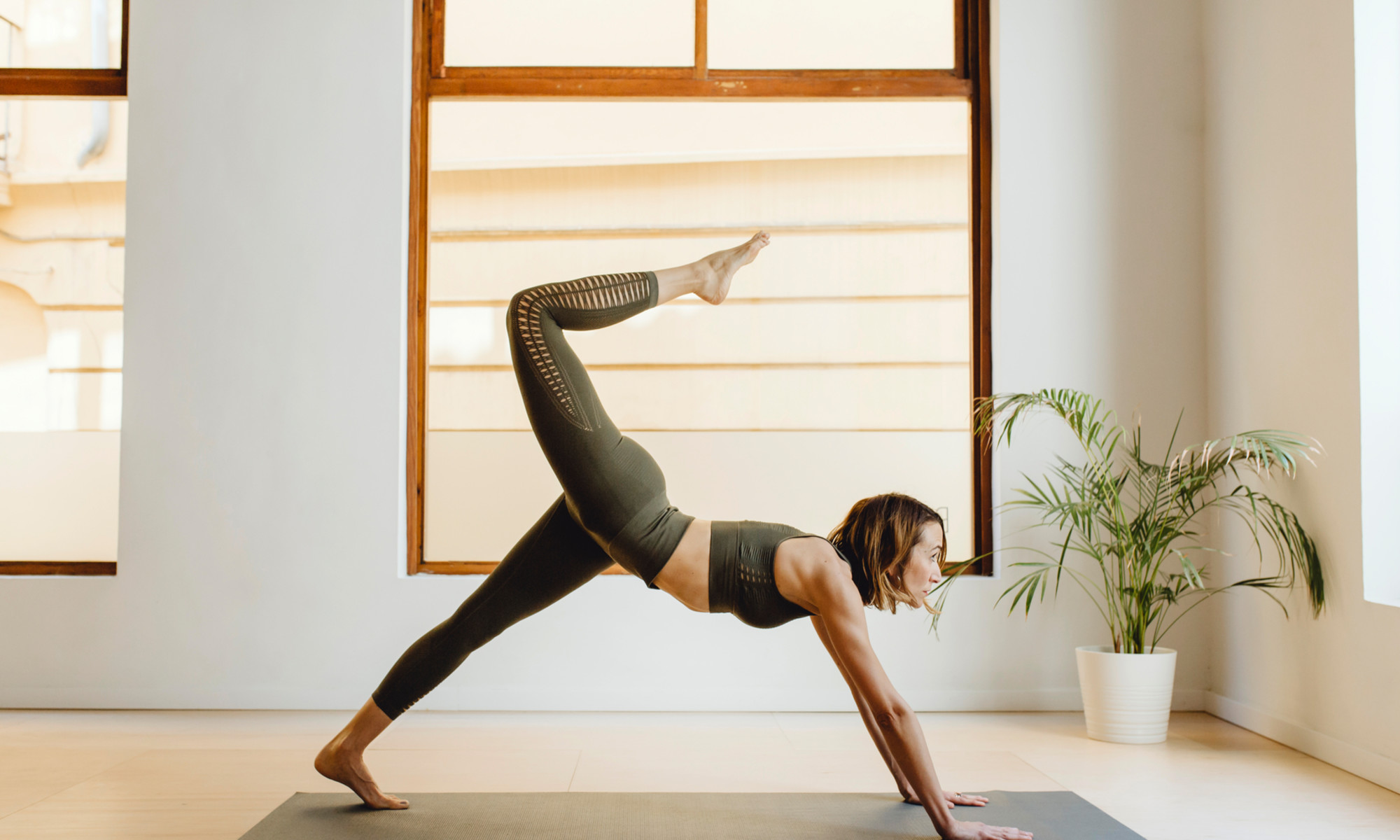
2. Hatha yoga style
The Sanskrit term “hatha” refers to all of the physical postures of yoga. In the West, hatha yoga simply refers to all other kinds of yoga that are physically based (ashtanga, Iyengar, etc.). Other branches of yoga, such as kriya, raja, and karma yoga, exist outside from the physical-based yoga practise. The most popular type of yoga is physical yoga, which comes in a variety of styles.
How to practise:
These yoga courses are ideal for beginners because they are typically slower paced than other yoga forms. Hatha lessons are a traditional technique to breathing and exercises. If you’re new to yoga, hatha yoga is an excellent place to start.
3. Iyengar yoga
B.K.S. Iyengar invented Iyengar yoga, which focuses on alignment as well as detailed and exact movements. Students in an Iyengar class practise a range of postures while managing their breath.
How to practise:
Poses are typically held for a considerable period of time while the minutiae of the position are adjusted. Props are frequently used by Iyengar to assist students polish their form and progress deeper into poses in a safe manner. Although you won’t be jumping around, you will surely get a workout and leave an Iyengar session feeling very open and calm. This strategy is ideal for people who need to work slowly and deliberately due to an injury.
4. Kundalini yoga style
Kundalini yoga is both spiritual and physical in nature. This method focuses on releasing the kundalini energy that is thought to be locked or coiled in the lower spine.
How to practise:
Such session will work your core and breathe with fast-paced, exhilarating postures and breath exercises. These classes are rigorous and may include chanting, mantra, and meditation. Check out kundalini yoga explainer to learn more about this.
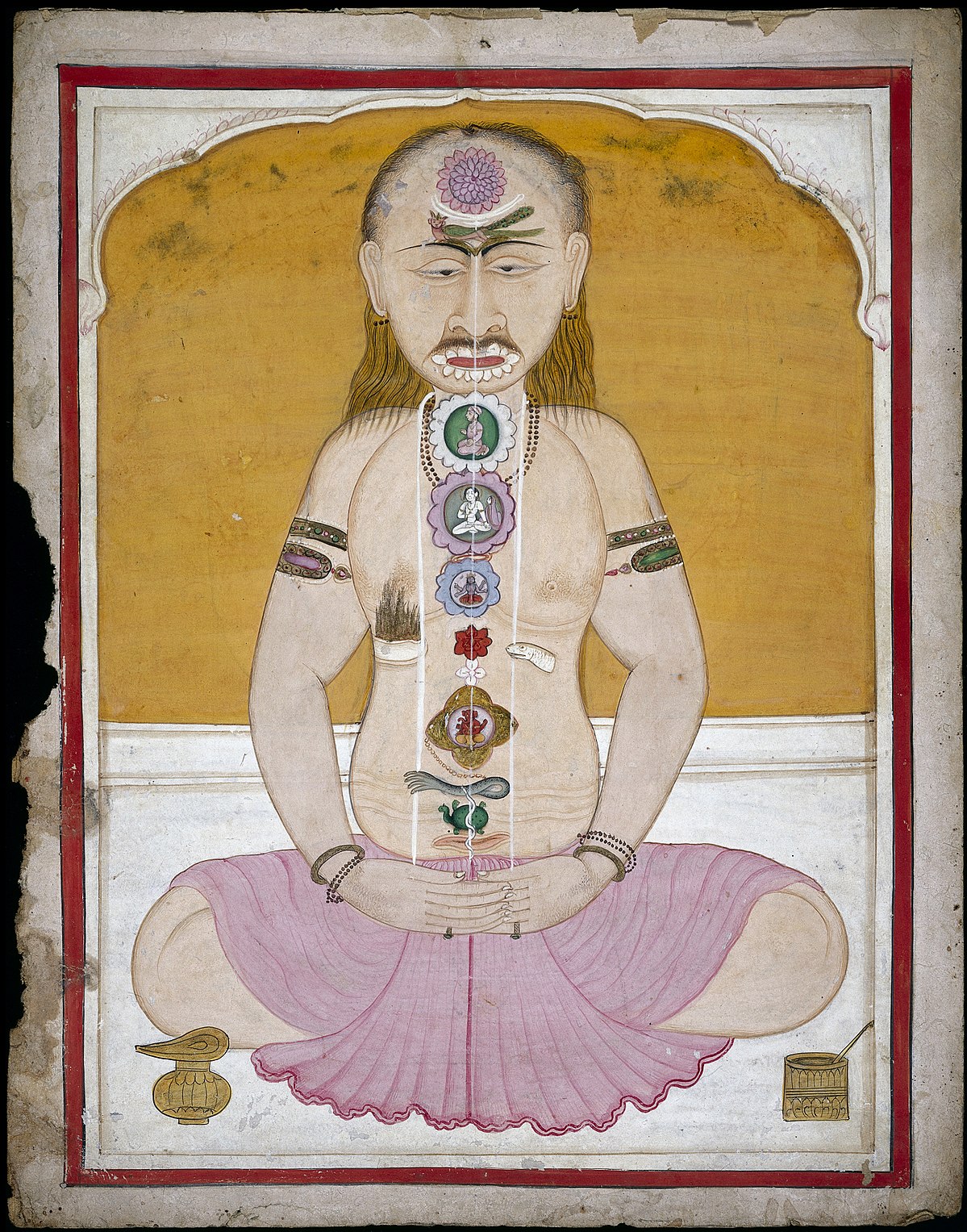
5. Ashtanga yoga
In Sanskrit, ashtanga means “Eight Limb Path.” People assemble in Mysore, India, to do this kind of yoga at their own pace—if you witness Mysore-led ashtanga, you’re expected to know the sequence. Vinyasa yoga evolved from ashtanga as a fluid form that linked breath to movement. Check out our ashtanga yoga beginner’s guide to discover more about this specific practise.
How to practise:
Because Ashtanga yoga involves a physically rigorous sequence of poses, it is not suitable for beginners. It takes a seasoned yogi to truly appreciate it. Ashtanga begins with five sun salutation A’s and five sun salutation B’s, followed by a series of standing and floor postures.
6. Bikram yoga
Bikram yoga is named after Bikram Choudhury and consists of a series of predefined poses performed in a sauna-like chamber that is normally set to 105 degrees and 40% humidity. Choudhury moved to Mexico in 2017 after facing sexual assault and harassment cases in the United States. Many former Bikram studios now practise hot yoga in an effort to distance themselves from the originator.
How to practise:
The sequence never changes and consists of 26 basic poses, each performed twice. Many of these poses emphasise appropriate alignment. If you want to practise yoga in the heat, seek for studios that provide hot yoga classes.
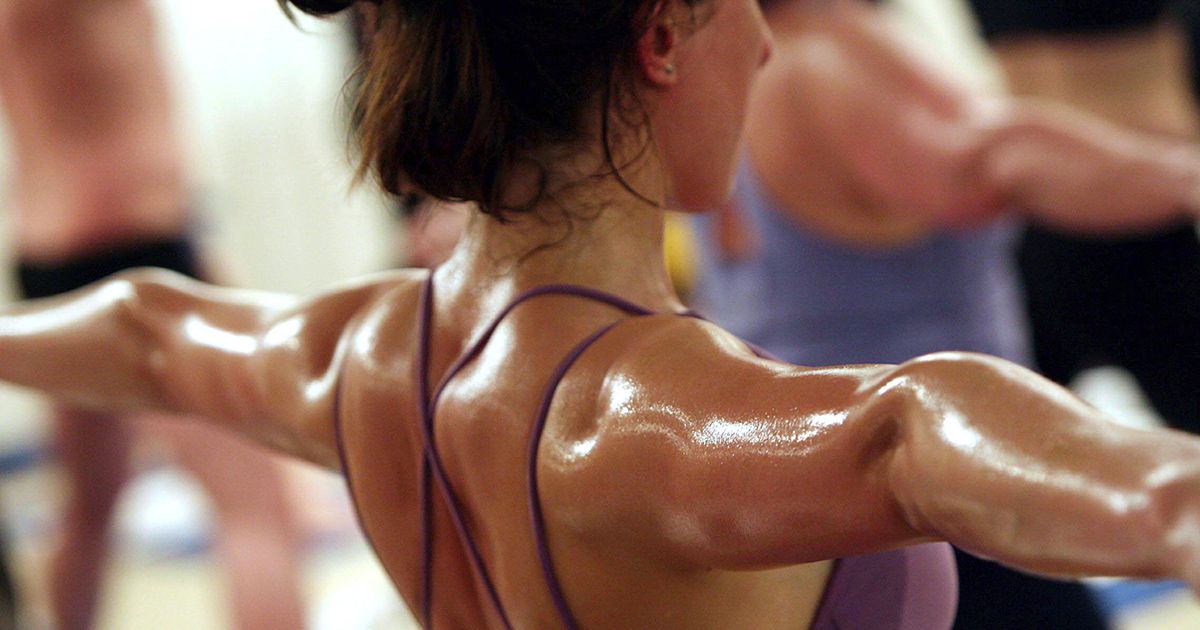
7. Yin yoga
Yin yoga is a slow-paced kind of yoga that emphasises seated postures kept for longer periods of time. Yin can also be a contemplative yoga practise that aids in the discovery of inner calm.
How to practise:
This practise is an excellent lesson for beginners since postures can be held for 45 seconds to 2 minutes. The classes are laid-back because you’re intended to let gravity do the majority of the work.
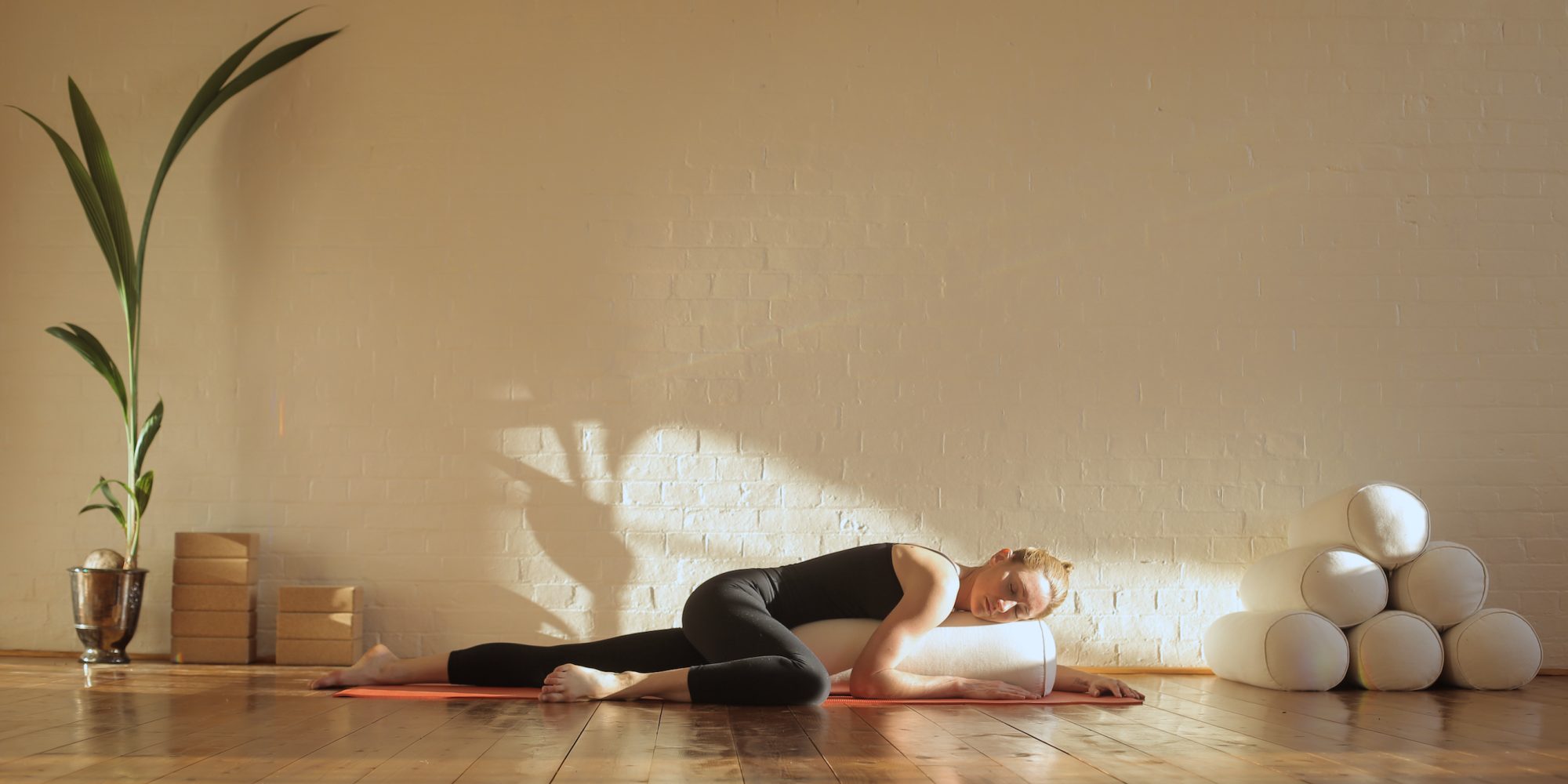
8. Restorative yoga
Restorative yoga focuses on resting the mind and body after a long day. This approach is fundamentally about physical relaxation. Restorative yoga also aids in the cleansing and liberation of the psyche.
How to practise:
During a restorative yoga session, you will spend longer time in fewer poses. Many of the poses have been adapted in order to be easier and more soothing. Many props, such as as blankets, bolsters, and eye cushions, are used and set precisely, as in Iyengar Yoga. All of the props are there to help you relax even more.
9. Prenatal yoga
Prenatal yoga is specially designed for pregnant women and is appropriate for all trimesters. Many people believe that prenatal exercise is one of the greatest types of exercise for pregnant mothers since it focuses on pelvic floor exercises, breathing, and bonding with the growing baby. Prenatal yoga also aids moms in their preparation for labour and delivery.
How to practise:
During this practise, you will use props to adjust your poses and ensure stability—in this session, stability is far more important than flexibility.
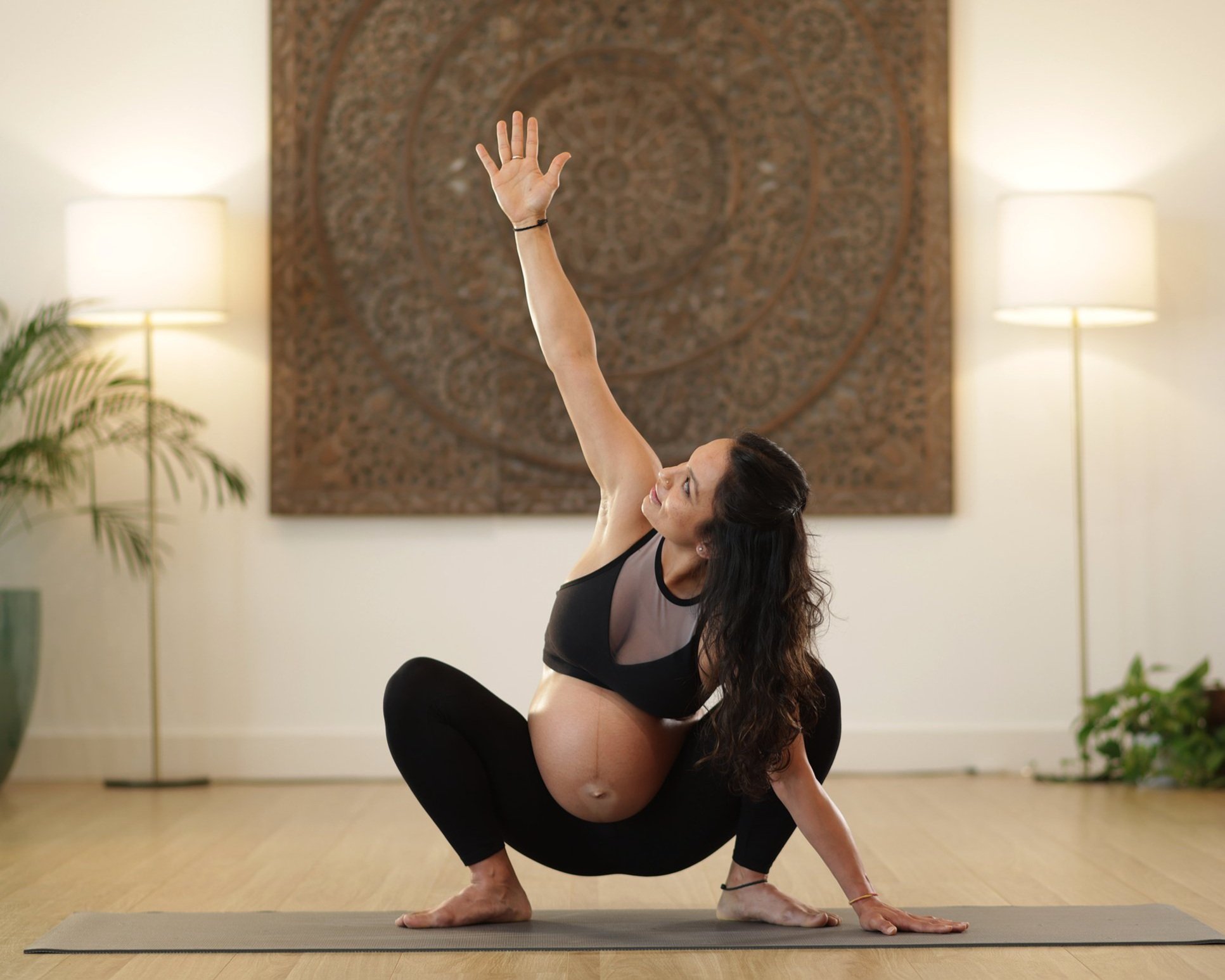
10. Anusara yoga
Anusara is a modern-day hatha yoga practise that is similar to vinyasa since it also focuses on alignment, but with a greater emphasis on the mind-body-heart connection. It was formed by John Friend, who developed a one-of-a-kind method known as the Universal Principles of Alignment. After allegations of sexual misbehaviour and financial mismanagement, he resigned in 2012. Since then, Friend has collaborated with Desi and Micah Springer to teach the Bowspring method.
How to practise:
Anusara is noted for its emphasis on spirals and how each body part should move, as well as its emphasis on heart opening. Expect students to gather around a student while the instructor breaks down a pose in class.
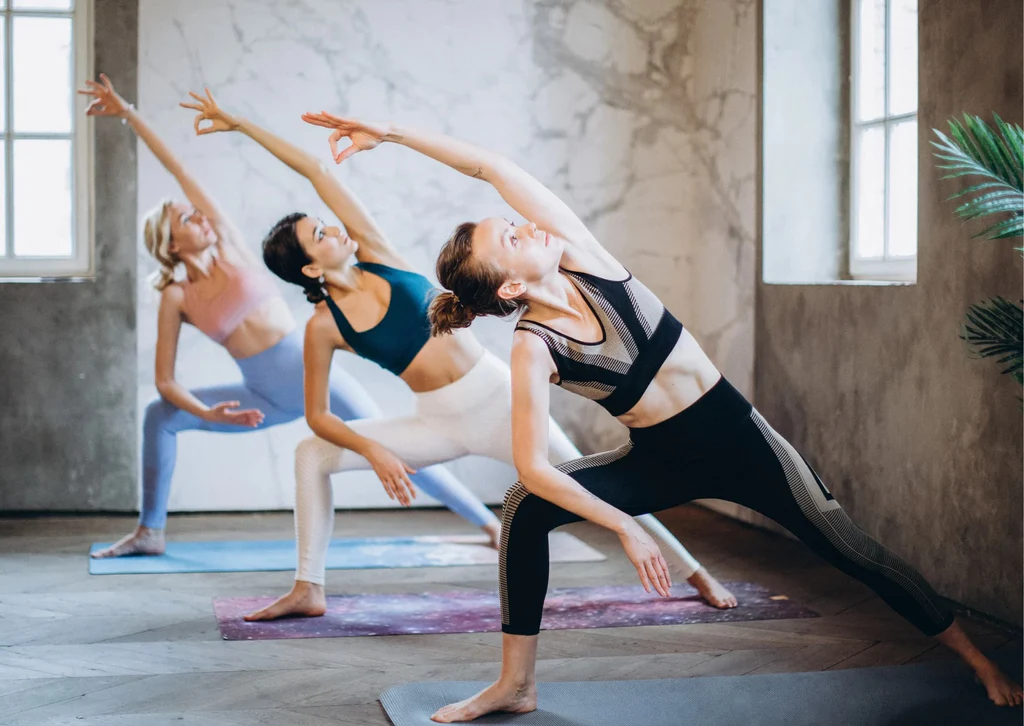
11. Jivamukti yoga
Sharon Ganon and David Life launched Jivamukti in 1984. Jivamukti classes are mostly vinyasa-flow classes integrated with Hindu spiritual concepts. Because this style emphasises connection to Earth as a living person, most Jivamukti practitioners practise vegetarianism.
How to practise:
A series of chants often opens class, followed by a series of poses aligned with the five tenets of Jivamukti yoga and philosophy.y
The main point of trying different yoga styles before settling to one
Yoga has numerous advantages, regardless of the type you practise. And, with such a wide range of alternatives, there truly is a yoga class for everyone. From yin for decompression to vinyasa for a decent workout, each style has its advantages, which is why this long-standing practise is still practised today.
